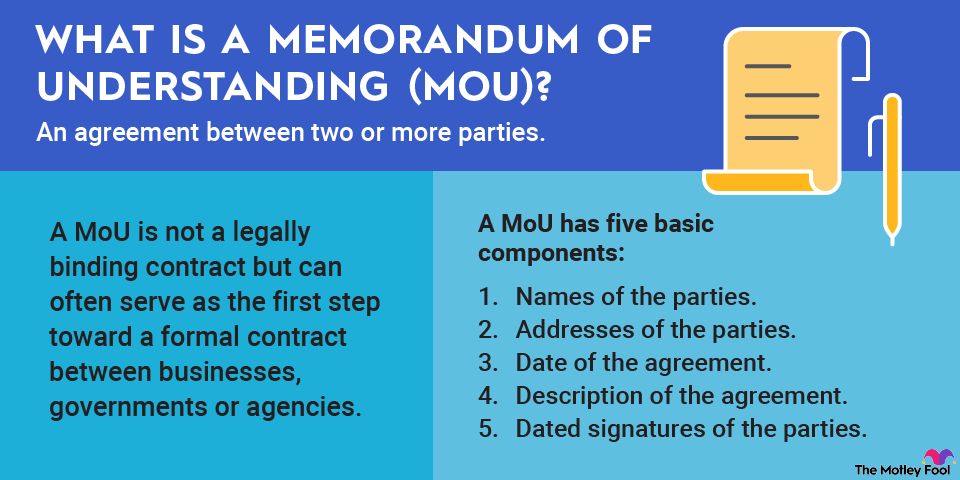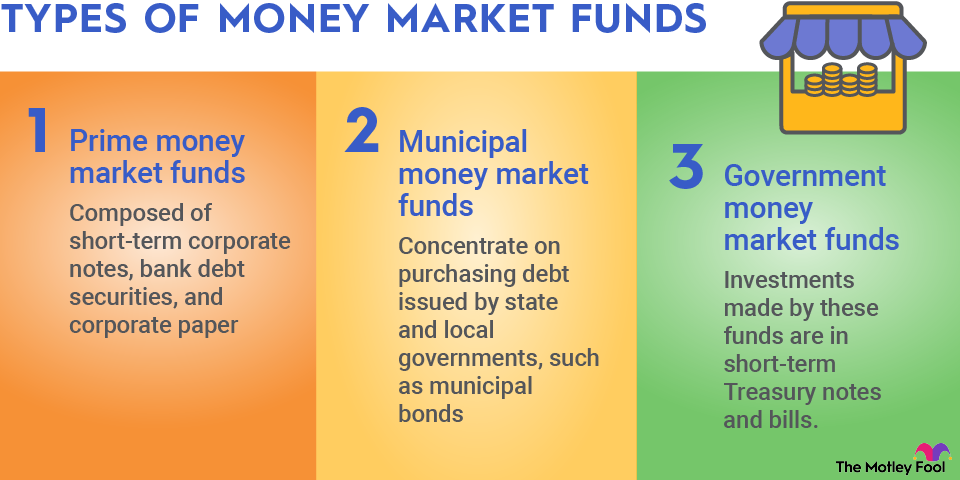It’s been more than 50 years since the original moonshot, an eight-year program that culminated in the successful voyage of the first humans to our nearest neighbor in the galaxy. The Apollo program, which lasted roughly from 1960 until 1973, cost an estimated $28 billion. (That's $306 billion in 2025 dollars).
We’re still trying for moonshots, but they mean a completely different thing today. Here, we’ll explain the history of the phrase and its current use, and provide a few examples of potential future moonshots.

What is a moonshot?
A moonshot is a big, ambitious goal that breaks new ground. The original moonshot was the Apollo program that resulted in the first successful voyage of humans to the Moon and back.
President John F. Kennedy announced the moonshot plan in May 1961. Due to its ambition and scope, the actual moonshot didn’t take place until July 1969, when two members of the Apollo XI flight stepped foot on the Moon.
According to the National Aeronautics and Space Administration (NASA), the U.S. program accomplished four primary goals:
- Establishing the technology to meet other national interests in space.
- Achieving preeminence in space for the United States.
- Carrying out a program of scientific exploration of the Moon.
- Developing human capability to work in the lunar environment.
But the Apollo program’s biggest accomplishment may have been its cultural impact. Though the last manned lunar flight occurred in 1972, large, ambitious, groundbreaking goals became known as “moonshots” for their degree of difficulty and potential to mark a new era in a given field.
Not all moonshots have been successful, of course. The “War on Cancer” was launched by President Richard Nixon in 1971; the disease is still the second-leading cause of death in the United States. Others, such as the Human Genome Project from 1990-2003, have been more successful.
Alphabet (GOOG +1.60%)(GOOGL +1.55%), the parent company of Google, defines a moonshot program as one that:
- Addresses a huge problem that affects millions or billions of people.
- Proposes a radical solution that may seem impossible today.
- Uses breakthrough technology that may help create the solution within five to 10 years.
Future moonshots
Although it’s generally agreed that a moonshot is a large and ambitious goal, not everyone agrees on whether a specific project constitutes a moonshot. Alphabet subsidiary Waymo, Tesla (TSLA -0.45%), and other businesses are exploring the possibility of a fully autonomous vehicle. It may seem like a moonshot, but the jury is still out on whether it can be accomplished with existing technology or will require a breakthrough.
Dreams of routine space travel to distant planets may be a dream of Jeff Bezos at Blue Origin, Elon Musk at SpaceX, and Richard Branson at Virgin Galactic. But it’s not clear that a lack of space travel is a problem in need of an immediate solution.
The Apollo program was largely orchestrated by a single government agency. But future moonshots will likely be accomplished by multiple organizations and efforts. Current moonshots include:
- Climate change-related efforts, such as carbon capture and storage, direct air capture, distributed electrical grids, and fusion energy.
- Expansion of the metaverse, a virtual world that has the potential to revolutionize communication.
- The development of artificial general intelligence (AGI) that could perform any cognitive task currently done by humans.
While the Apollo moonshot was managed by NASA, it’s important to remember that there were plenty of implications for businesses around the nation. At its peak in the mid-1960s, NASA relied on 377,000 contractors, ranging from aviation giant Boeing (BA +2.99%) to the International Latex Corp., which manufactured Playtex bras and girdles, as well as key components for space suits and was acquired in 2024 by Ingersoll Rand (IR +0.55%).


















